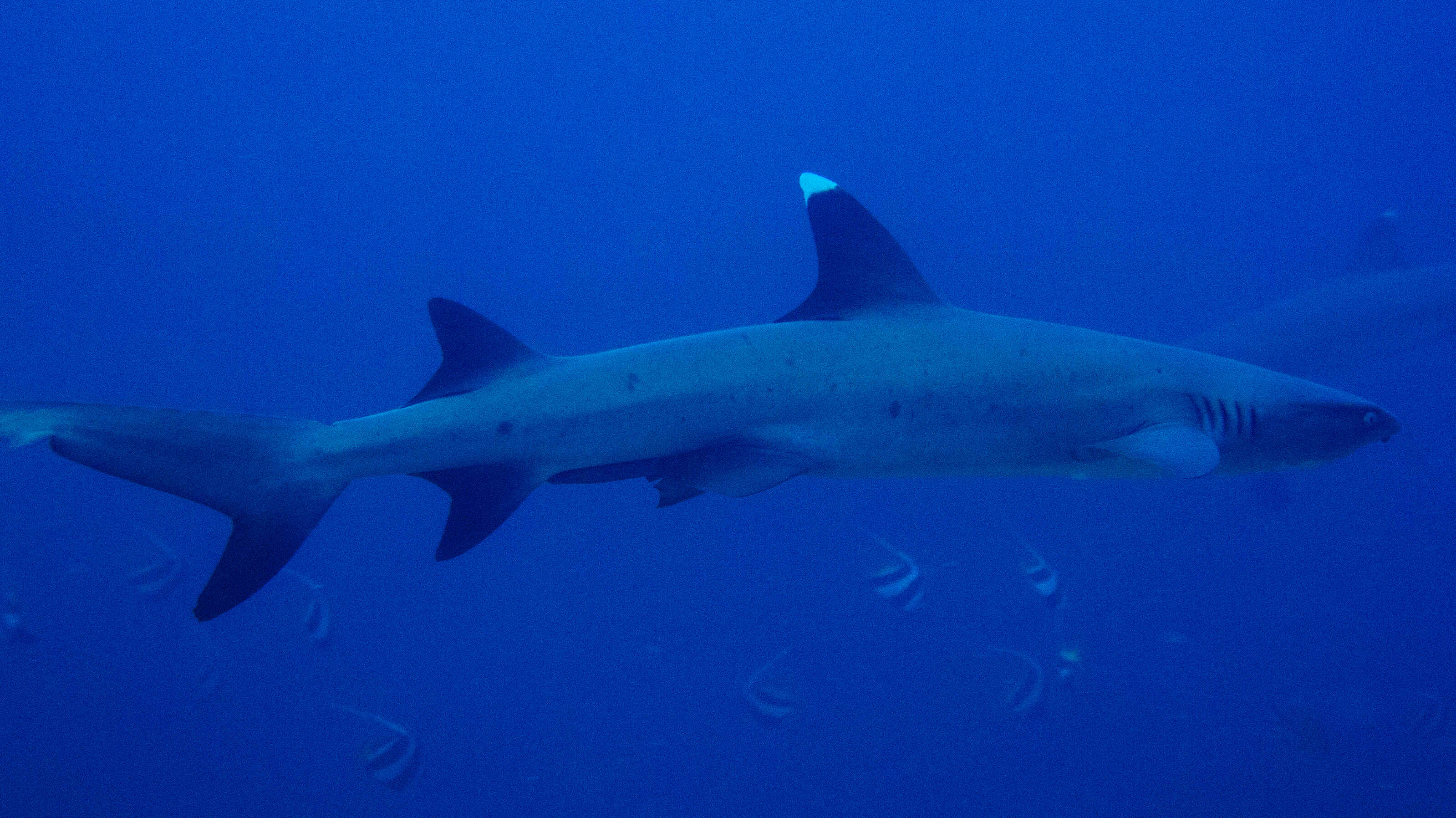WWF AND JAMES COOK UNIVERSITY LAUNCH GUIDELINES FOR RAPID ESTIMATION OF SHARK AND RAY DATA COLLECTION
Nearly two decades after the International Plan of Action for the Conservation and Management of Sharks was launched, many shark fishing nations still do not have National Action Plans in place, while the status of shark and ray populations globally continues to struggle. One of the main problems is the lack of basic information on shark resources, which has implications for better management.
WWF and James Cook University have developed the first Rapid Assessment Toolkit for sharks and rays.
The guidelines are designed to help remedy the dearth of basic information on movements, biodiversity and catch trends in Africa, Asia Pacific and Latin America. The guidelines include the following:
Guide 1: Taxonomy
This guide is used to accurately identify shark and ray species. It contains an understanding of how to recognize shark and ray species in the country's waters through the taxon system.
Guide 2: Genetic Analysis
Genetic analysis is used to accurately identify species from samples or small portions of individuals that are already difficult to identify. In genetic identification, DNA is used as the main object of research.
Guide 3: Market Survey
Market surveys are conducted to gather information on the number of sharks and rays caught in a country, and monitor catches over time to see the level of shark production in a country. Market surveys are conducted to gather information on the number of sharks and rays caught in a country.
Guide 4: Survey with BRUV (Baited Remote Underwater Video Systems)
BRUV is a device that is submerged to the seafloor, to record the activity of species present in an area and estimate relative abundance between regions.
Guide 5: Tagging and tracking
Using satellite tagging or tracking, data on population size, migratory pathways and habitats of sharks and rays can be useful for aquatic and fisheries management.
Guide 6: Community Knowledge
Of all the guides, most of the data collection is directed to research agencies, but in the case of the 6th guide, communities can take part in shark and ray data collection in their area. This method is very useful and can save time and money compared to the use of technology.
All of these guidelines are collected in the Rapid Assessment Toolkit, which can be accessed through the link https://sharks.panda.org/tools-publications/rapid-assessment-toolkit. It is hoped that these guidelines will help enrich the collection of baseline shark and ray information data for further management.

